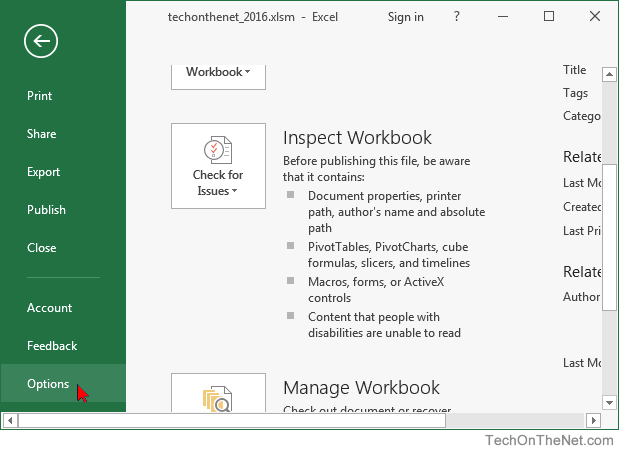

- MICROSOFT VISUAL BASIC FOR APPLICATIONS EDITOR HOW TO
- MICROSOFT VISUAL BASIC FOR APPLICATIONS EDITOR CODE
- MICROSOFT VISUAL BASIC FOR APPLICATIONS EDITOR WINDOWS
Select the name Module1 and type a new name over the top of it. You should see a single item in here: (Name) Module1. In the Properties window be sure the Alphabetic tab is the active one.

If you can't, use View>Properties Window to bring it up.

If you do not see it, the template does not yet contain any macros.
MICROSOFT VISUAL BASIC FOR APPLICATIONS EDITOR WINDOWS
Users can undock these windows and move them, so be prepared for the fact that they may not be where they usually are. Keep looking until you find it no other window will do.
MICROSOFT VISUAL BASIC FOR APPLICATIONS EDITOR CODE
Try not to get thrown by the fact that this puts you straight into an unfamiliar environment this is a lump of WinWord code that was converted to Mac with as little work as possible to keep the price of Word down. Start Word and open your Visual Basic Editor from Tools>Macro>Visual Basic Editor.You can also switch between the VBE and Word, and arrange windows to see both at once you do not need to close the VBE to access Word. If you are going to use Macros a lot, you can use Tools>Customizeto customize the keyboard, menus and toolbars to make switching in and out of the VBE easier. (Of course, function keys on a laptop may not behave. Press F8 to begin and to move to each line. You can also size the VBE and the Word window on your screen so you can see them both at once, and step through the macro one line at a time, in order to see what it does. You can run the macro while you are still in the VBE by pressing F5. Make sure the cursor is in the macro you want to test. It is possible to test macros from the VBE directly.
MICROSOFT VISUAL BASIC FOR APPLICATIONS EDITOR HOW TO
For more about the Normal template and how to find it, see here. Then afterwards you can dump the copy with the macro experimentation and swap back in the older Normal template. It would be a good idea to make a copy of your Normal template before you begin playing with macros. There is limited undo ability, and no backup here Word assumes that if you are in this deep you know what you are doing. Macros are designed to help you automate Word to make your life easier. However, this article may help you understand Word a little better, giving you more power over what you do with it. You can use simple macros perfectly happily without knowing any of the information that follows. To experiment with modules and macros, you will need to explore the VBE (Visual Basic Editor).

However, you can create other modules within the Normal template, and you can save your macros in other templates if you prefer. By default, macros you create go into the NewMacros module in the Normal template. Within templates, macros are saved in Modules, which hold collections of macros. Macros are written in Visual Basic for Applications (VBA), one of a number of coding languages. The Visual Basic Editor (VBE) is the environment where one can write and edit macros. An Introduction to the Visual Basic Editor (VBE)Ĭontributed by John McGhie and Daiya Mitchell


 0 kommentar(er)
0 kommentar(er)
